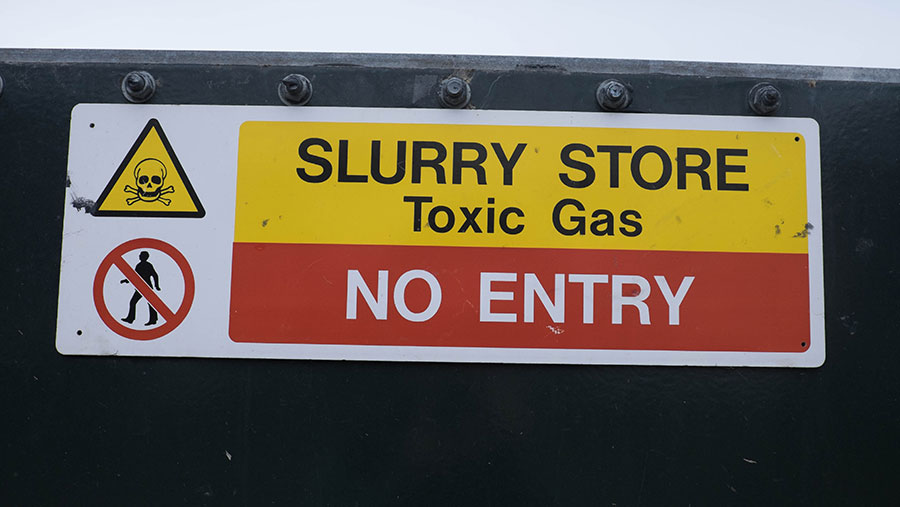Rules on temporary slurry storage when pollution risk high
 Tim Scrivener
Tim Scrivener Slurry can be stored in less-permanent structures when the risk of water pollution from spreading is high, according to Environment Agency (EA) rules.
Farmers in England are normally required to comply with the EA’s Storing Silage, Slurry and Agricultural Fuel Oil (SSAFO) regulations.
These set out standards for storage facilities such as capacity, location and a minimum 20-year lifespan.
See also: Growers battle to salvage flood-hit maize crops
But the agency has said in exceptional circumstances, such as flooding, it will not enforce full SSAFO rules if farmers want to temporarily store slurry for less than 12 months.
Among a number of measures and advice produced to help reduce pollution risks on saturated soils, it has relaxed some temporary storage requirements.
However, temporary storage can only be considered where existing facilities are inadequate to cope with current conditions.
If farmers are in danger of breaching rules, they must contact the EA, the advice warns.
Contact the Environment Agency
Email: enquiries@environment-agency.gov.uk
Telephone: 03708 506 506
Incident hotline: 0800 80 70 60 out of hours or in an emergency
Circumstances when this should be done include if slurry or milk stores are at risk of overflowing, or if spreading slurry or milk on agricultural land is unavoidable and there is a risk of runoff to land drains.
There are also guidelines on what types of temporary storage are suitable, which include:
- Reinstated disused stores
- Reclaimed tanks
- New tanks
- Earth bank lagoons
- Lined lagoons
- Slurry bags
Before work goes ahead, farmers must contact the EA for approval of the construction and site location, according to the official guidance notes.
Farmers should also ensure they adhere to a long list of regulations suggested by the agency, it said.
Storage checklist
To keep slurry in a temporary store you must:
- Check planning requirements with your local planning authority
- Install tanks, liners and slurry bags to manufacturer’s instructions
- Ensure the base of earth bank lagoons is above the water table – there should be at least 1m of clay subsoil beneath the proposed base
- Use a trial pit to confirm the depth of the clay layer – the resulting hole must be backfilled and puddled in
- Use liners where there is doubt about soil permeability – lower-grade liners should suffice for temporary storage, but use high-grade liners in high-risk areas
- Monitor it to make sure there are no leaks
- Locate it at least 10m from watercourses and land drains – use temporary trial trenches if you’re unsure about the presence of land drains
- Locate it at least 50m from groundwater sources
- Decommission it as soon as it’s no longer needed
For shared facilities, the guidance suggests additional requirements, including:
- Consider any biosecurity risks
- Agree management arrangements
- Agree where responsibility lies
